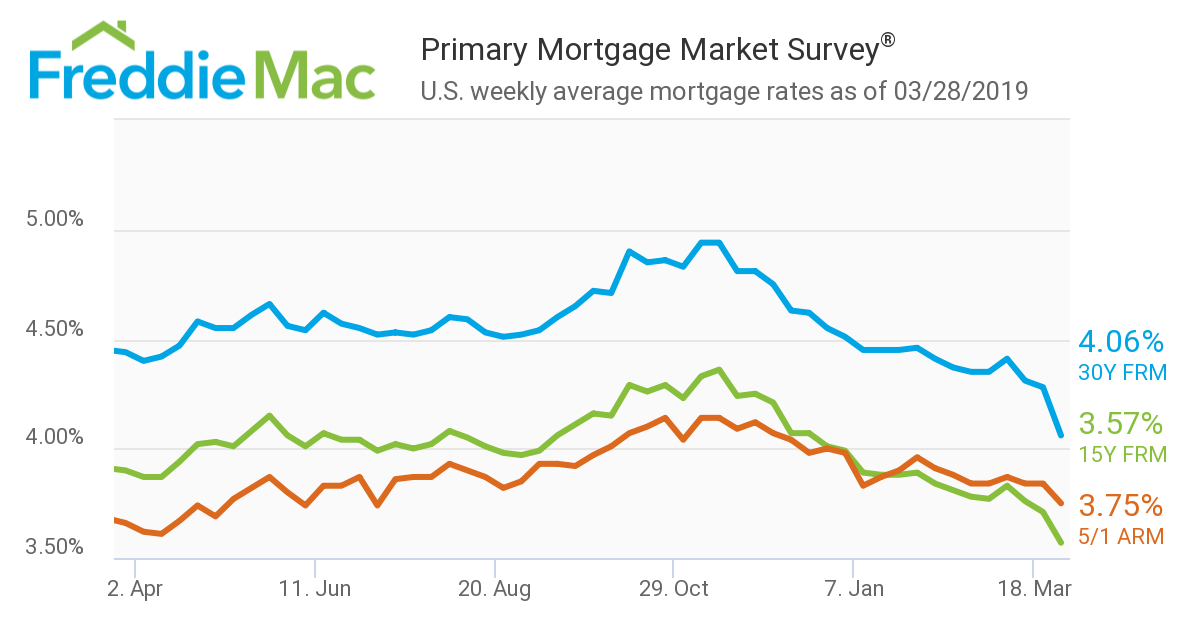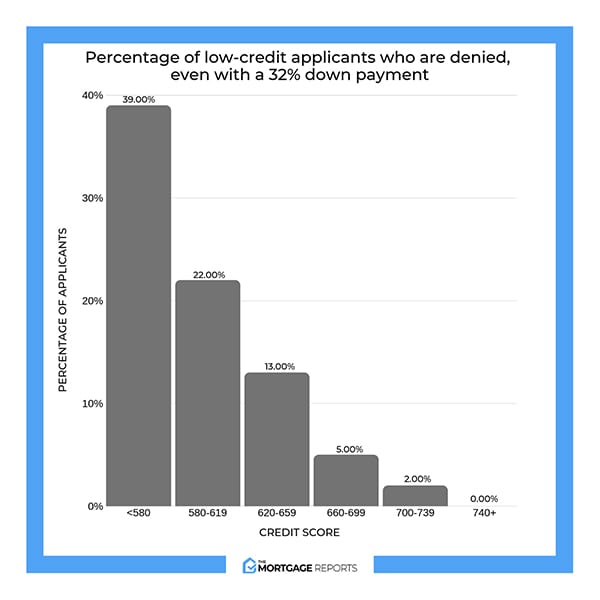But the scars of the crisis are still visible in the American housing market, which has actually undergone a pendulum swing in the last decade. In the run-up to the crisis, a real estate surplus prompted mortgage lending institutions to provide loans to anybody who might fog a mirror simply to fill the excess inventory.
It is so rigorous, in truth, that some in the realty market think it's contributing to a real estate shortage that has actually pressed house costs in most markets well above their pre-crisis peaks, turning more youthful millennials, who matured during the crisis, into a generation of tenants. "We're actually in a hangover stage," stated Jonathan Miller, CEO of Miller Samuel, a property appraisal and speaking with company.
[The market] is still distorted, which's because of credit conditions (what are the interest rates on 30 year mortgages today)." When lending institutions and banks extend a mortgage to a property owner, they usually don't generate income by holding that home mortgage over time https://writeablog.net/sharapamo2/you-will-usually-require-to-have-excellent-credit-an-acceptable-debt-to-income and collecting interest on the loan. After the savings-and-loan crisis of the late 1980s, the originate-and-hold model developed into the originate-and-distribute design, where lending institutions issue a home mortgage and offer it to a bank or to the government-sponsored business Fannie Mae, Freddie Mac, and Ginnie Mae.
Fannie, Freddie, Ginnie, and financial investment banks purchase thousands of home mortgages and bundle them together to form bonds called mortgage-backed securities (MBSs). They sell these bonds to investorshedge funds, pension funds, insurer, banks, or just rich individualsand use the earnings from selling bonds to purchase more mortgages. A house owner's regular monthly home mortgage payment then goes to the bondholder.
5 Simple Techniques For What Is The Highest Interest Rate For Mortgages
However in the mid-2000s, providing standards eroded, the real estate market ended up being a huge bubble, and the subsequent burst in 2008 impacted any banks that purchased or released mortgage-backed Visit website securities. That burst had no single cause, but it's most convenient to start with the homes themselves. Historically, the home-building market was fragmented, made up of little structure companies producing homes in volumes that matched local demand.
These companies developed homes so rapidly they surpassed need. The outcome was an oversupply of single-family homes for sale. Home mortgage lending institutions, that make money by charging origination costs and thus had an incentive to compose as lots of home mortgages as possible, responded to the excess by attempting to put purchasers into those houses.
Subprime home mortgages, or home mortgages to people with low credit history, blew up in the run-up to the crisis. Down payment requirements slowly dwindled to absolutely nothing. Lenders began turning a blind eye to earnings confirmation. Soon, there was a flood of dangerous kinds of home loans created to get people into homes who couldn't usually pay for to purchase them.
It gave debtors a below-market "teaser" rate for the very first 2 years. After 2 years, the rate of interest "reset" to a higher rate, which typically made the regular monthly payments unaffordable. The concept was to refinance before the rate reset, however numerous homeowners never ever got the chance prior to the crisis started and credit ended up being unavailable.
Getting My Which Of These Statements Are Not True About Mortgages To Work
One study concluded that real estate investors with great credit report had more of an effect on the crash due to the fact that they were ready to offer up their financial investment properties when the market began to crash. They in fact had higher delinquency and foreclosure rates than debtors with lower credit rating. Other data, from the Mortgage Bankers Association, examined delinquency and foreclosure starts by loan type and found that the most significant jumps by far were on subprime mortgagesalthough delinquency rates and foreclosure starts rose for each type of loan during the crisis (when did subprime mortgages start in 2005).
It peaked later on, in 2010, at almost 30 percent. Cash-out refinances, where homeowners re-finance their mortgages to access the equity built up in their homes gradually, left homeowners little margin for mistake. When the market started to drop, those who 'd taken cash out of their houses with a refinancing suddenly owed more on their houses than they were worth.
When property owners stop paying on their home mortgage, the payments likewise stop flowing into the mortgage-backed securities. The securities are valued according to the expected home mortgage payments being available in, so when defaults started piling up, the value of the securities dropped. By early 2007, individuals who worked in MBSs and their derivativescollections of debt, consisting of mortgage-backed securities, credit card debt, and automobile loans, bundled together to form brand-new types of investment bondsknew a catastrophe was about to occur.
Panic swept throughout the monetary system. Banks hesitated to make loans to other organizations for fear they 'd go under and not be able to repay the loans. Like property owners who took cash-out refis, some business had borrowed greatly to invest in MBSs and could quickly implode if the marketplace dropped, particularly if they were exposed to subprime.
5 Simple Techniques For How Common Are Principal Only Additional Payments Mortgages

The Bush administration felt it had no option but to take control of the business in September to keep them from going under, however this only caused more hysteria in monetary markets. As the world waited to see which bank would be next, suspicion fell on the investment bank Lehman Brothers.
On September 15, 2008, the bank submitted for insolvency. The next day, the federal government bailed out insurance giant AIG, which in the run-up to the collapse had actually issued incredible amounts of credit-default swaps (CDSs), a form of insurance on MBSs. With MBSs suddenly worth a portion of their previous worth, bondholders desired to gather on their CDSs from AIG, which sent the company under.
Deregulation of the financial industry tends to be followed by a monetary crisis of some kind, whether it be the crash of 1929, the savings and loan crisis of the late 1980s, or the housing bust 10 years ago. However though anger at Wall Street was at an all-time high following the events of 2008, the financial market left reasonably untouched.
Lenders still offer their mortgages to Fannie Mae and Freddie Mac, which still bundle the mortgages into bonds and sell them to investors. And the bonds are still spread throughout the financial system, which would be susceptible to another American housing collapse. While this naturally generates alarm in the news media, there's one key difference in real estate financing today that makes a monetary crisis of the type and scale of 2008 unlikely: the riskiest mortgagesthe ones without any deposit, unverified earnings, and teaser rates that reset after 2 yearsare just not being written at anywhere near to the same volume.

The Best Strategy To Use For Which Banks Are Best For Poor Credit Mortgages
The "certified mortgage" provision of the 2010 Dodd-Frank reform costs, which entered into result in January 2014, offers lenders bluegreen timeshare cancellation legal defense if their mortgages meet particular safety provisions. Certified home mortgages can't be the kind of risky loans that were issued en masse prior to the crisis, and borrowers must fulfill a specific debt-to-income ratio.
At the same time, banks aren't releasing MBSs at anywhere close to the exact same volume as they did prior to the crisis, because financier demand for private-label MBSs has actually dried up. what is a non recourse state for mortgages. In 2006, at the height of the real estate bubble, banks and other personal institutionsmeaning not Freddie Mac, Fannie Mae, or Ginnie Maeissued more than 50 percent of MBSs, compared to around 20 percent for much of the 1990s.